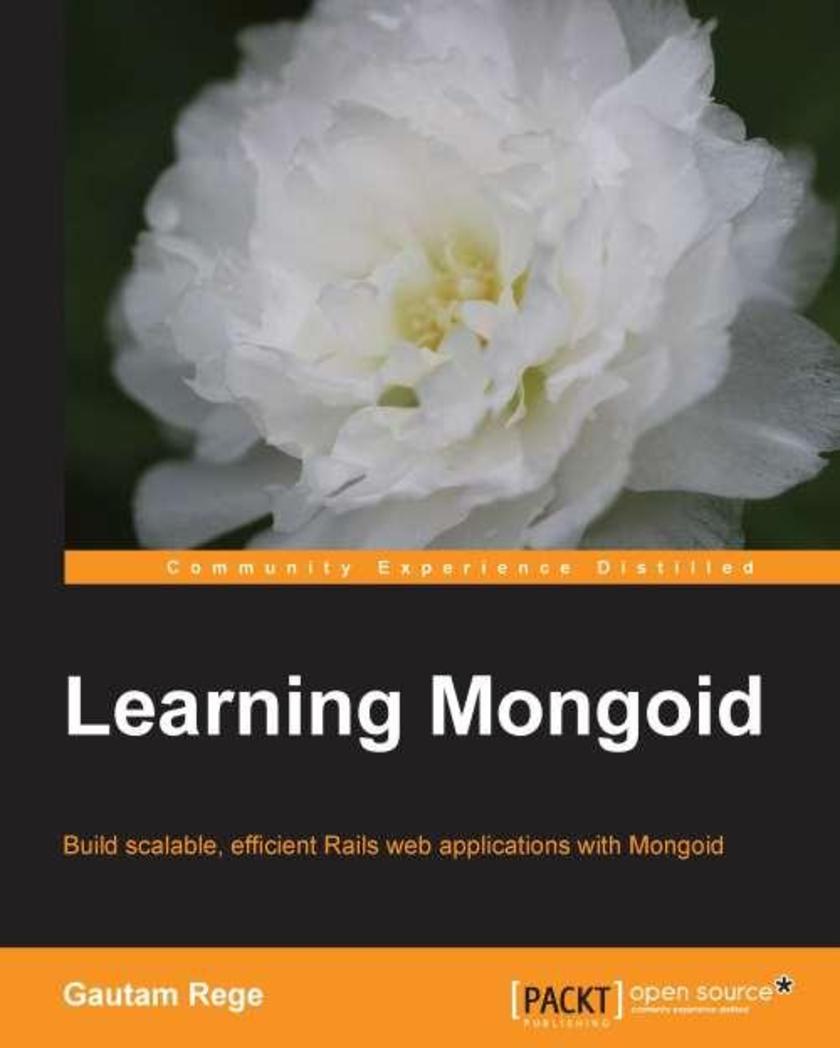
Learning Mongoid
¥54.49
A step-by-step tutorial with focused examples that will help you build scalable, high performance Rails web applications with Mongoid.If you are an application developer who wants to learn how to use Mongoid in a Rails application, this book will be great for you. You are expected to be familiar with MongoDB and Ruby.
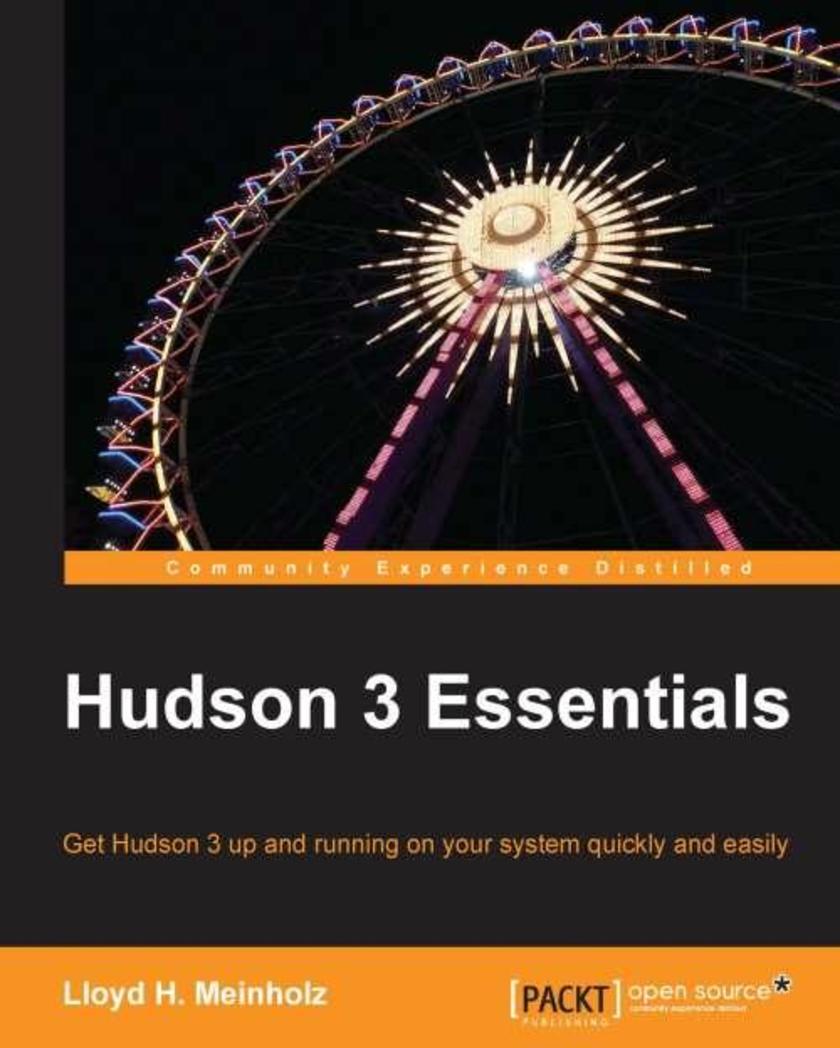
Hudson 3 Essentials
¥63.21
A practical guide, packed with illustrations, that will help you become proficient with Hudson and able to utilize it how you want.If you are a Java developer or administrator who would to like automate some of the mundane work required to build and test software and improve software quality, this is the book for you. If you are a development manager or tester, you can also benefit from learning how Hudson works by gaining some insight into test results and historical trends.

Python Data Visualization Cookbook
¥71.93
This book is written in a Cookbook style targeted towards an advanced audience. It covers the advanced topics of data visualization in Python.Python Data Visualization Cookbook is for developers that already know about Python programming in general. If you have heard about data visualization but you don't know where to start, then this book will guide you from the start and help you understand data, data formats, data visualization, and how to use Python to visualize data.You will need to know some general programming concepts, and any kind of programming experience will be helpful, but the code in this book is explained almost line by line. You don't need maths for this book, every concept that is introduced is thoroughly explained in plain English, and references are available for further interest in the topic.
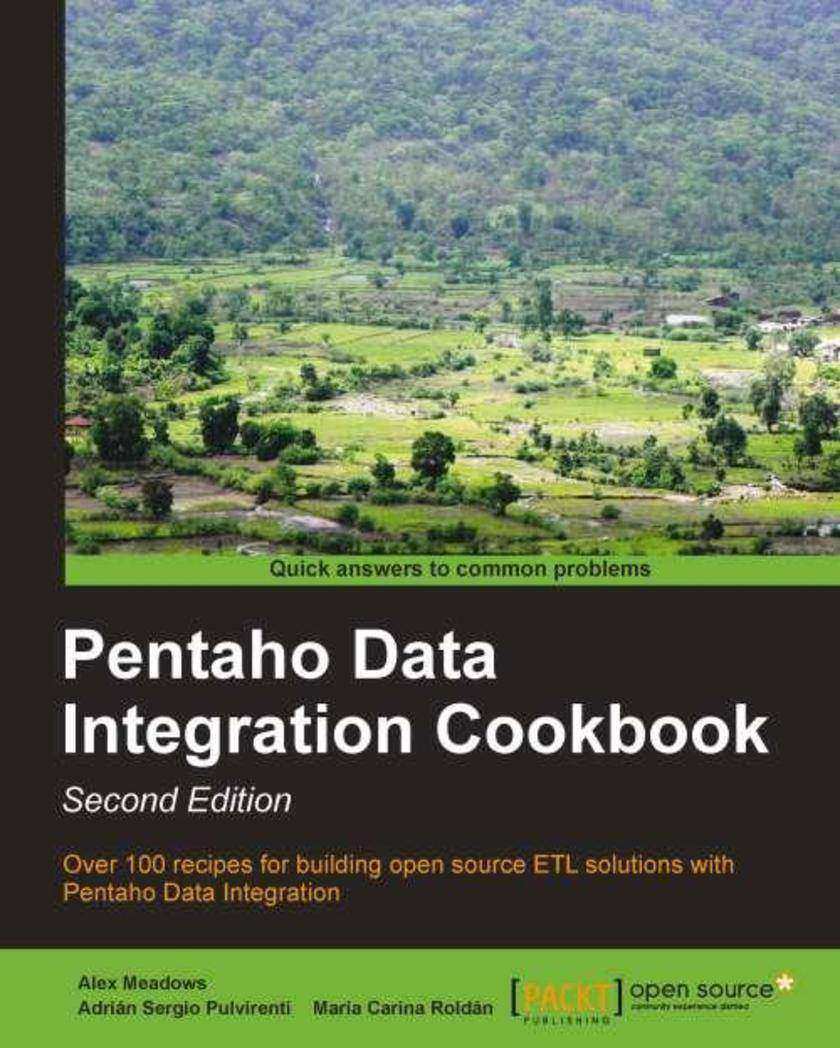
Pentaho Data Integration Cookbook Second Edition
¥90.46
Pentaho Data Integration Cookbook Second Edition is written in a cookbook format, presenting examples in the style of recipes.This allows you to go directly to your topic of interest, or follow topics throughout a chapter to gain a thorough in-depth knowledge.Pentaho Data Integration Cookbook Second Edition is designed for developers who are familiar with the basics of Kettle but who wish to move up to the next level.It is also aimed at advanced users that want to learn how to use the new features of PDI as well as and best practices for working with Kettle.
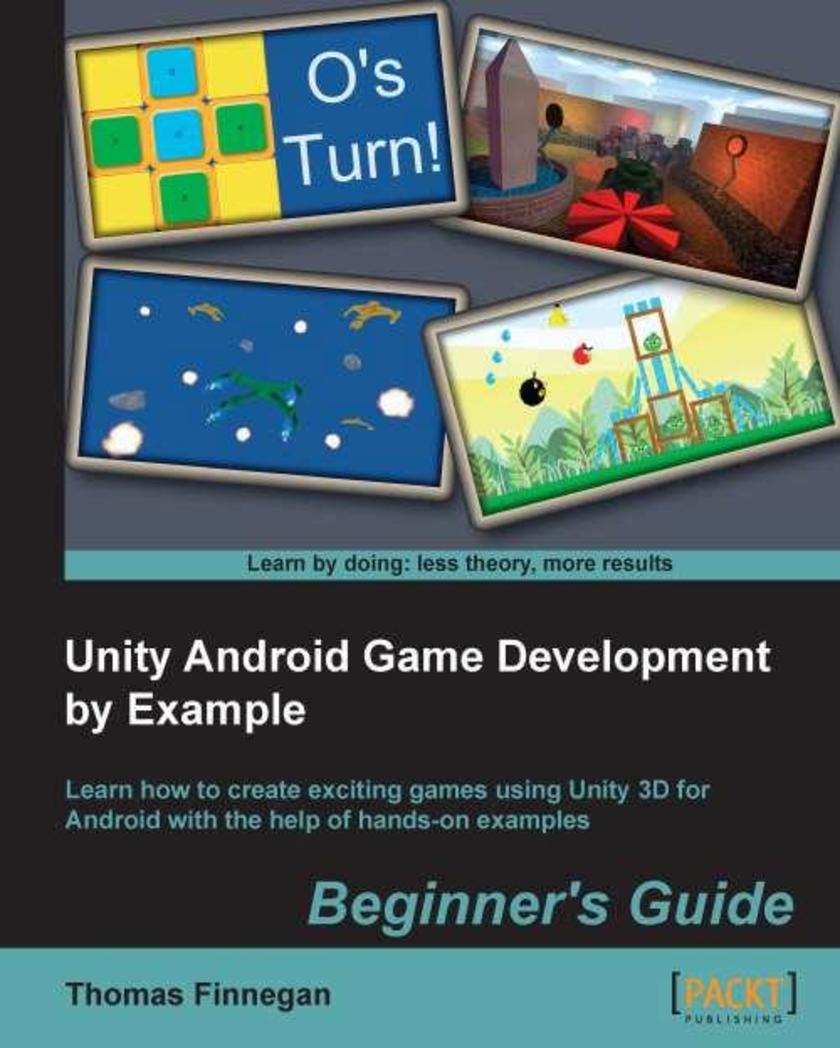
Unity Android Game Development by Example Beginner's Guide
¥80.65
Unity Android Game Development by Example Beginner's Guide consists of different game application examples. No prior experience with programming, Android, or Unity is required. You will learn everything from scratch and will have an organized flow of information specifically designed for complete beginners to Unity.Great for developers new to Unity, Android, or both, this book will walk you through everything you need to know about game development for the Android mobile platform. No experience with programming, Android, or Unity is required. Most of the assets used in each chapter project are provided with the book, but it is assumed that you have some access to basic image and model creation software. You will also need access to an Android powered device.
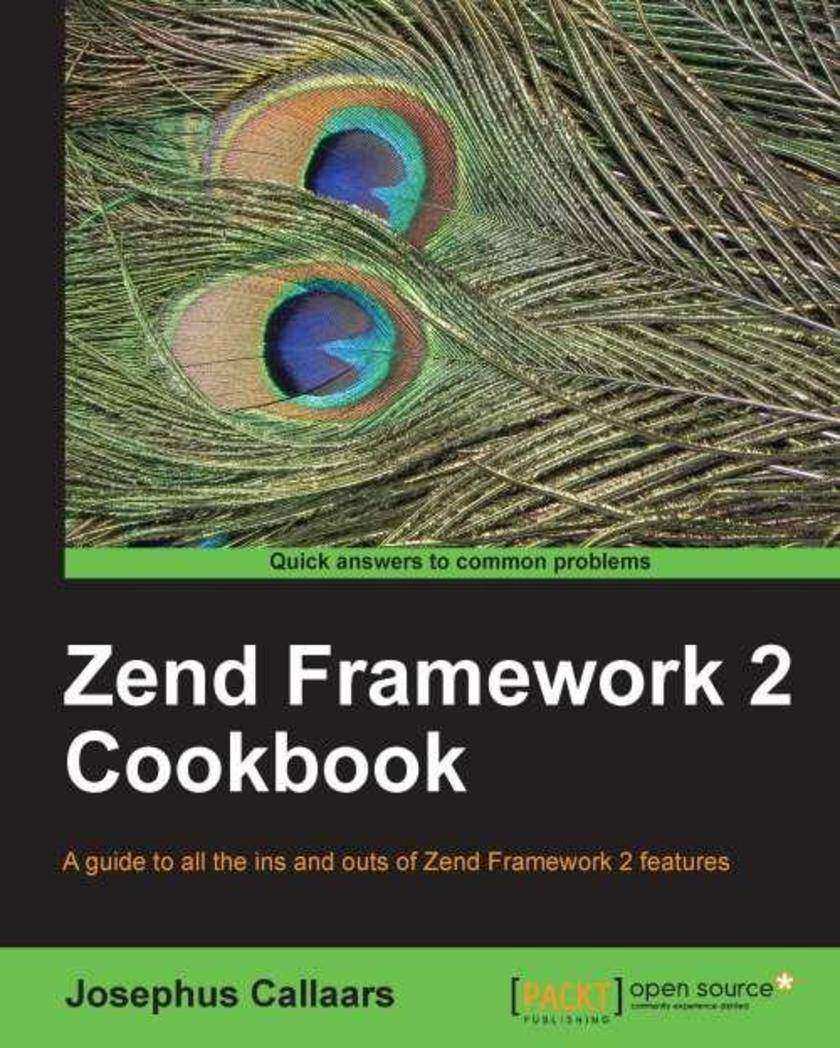
Zend Framework 2 Cookbook
¥90.46
This book is written in a practical, cookbook style with numerous examples and recipes. This style allows you to go both directly to your topic of interest or follow topics throughout a chapter to gain an in-depth knowledge of certain areas.'Zend Framework 2 Cookbook" is for PHP developers who are fairly advanced in programming in PHP. It will also be useful for developers who have a keen interest in expanding their knowledge outside the boundaries of simply *ing pages together. As unit testing and MVC will be discussed, it is beneficial for the reader to know what these technologies are, although experience with developing applications is not necessarily essential.

Asynchronous Android
¥71.93
Concurrent Programming on Android is a step-by-step guide that builds a complete picture of the concurrency constructs available on the Android platform.This book is for Android developers who want to learn about the advanced concepts of Android programming. No prior knowledge of concurrency and asynchronous programming is required. This book is also targeted towards Java experts who are new to Android.
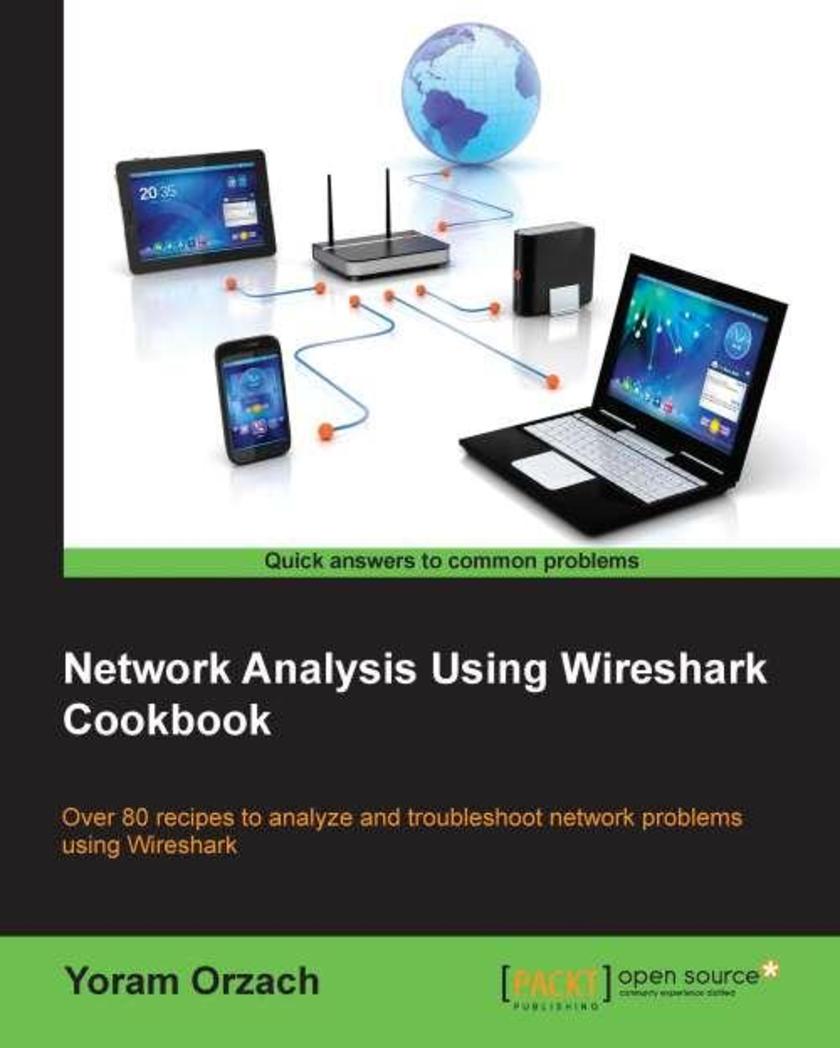
Network Analysis using Wireshark Cookbook
¥90.46
Network analysis using Wireshark Cookbook contains more than 100 practical recipes for analyzing your network and troubleshooting problems in the network. This book provides you with simple and practical recipes on how to solve networking problems with a step-by-step approach.This book is aimed at research and development professionals, engineering and technical support, and IT and communications managers who are using Wireshark for network analysis and troubleshooting. This book requires a basic understanding of networking concepts, but does not require specific and detailed technical knowledge of protocols or vendor implementations.

Mastering Sublime Text
¥54.49
Mastering Sublime Text is an easy-to-understand, step-by-step guide for learning all of the features of Sublime Text, including author tips and tricks. Every topic includes code examples and highlighted screenshots to make it easier to understand.This book is for developers with experience in any type of programming language, and for those who want to start using Sublime Text or perfect their existing skills. No knowledge of Sublime Text or any other code editor or IDE is expected.
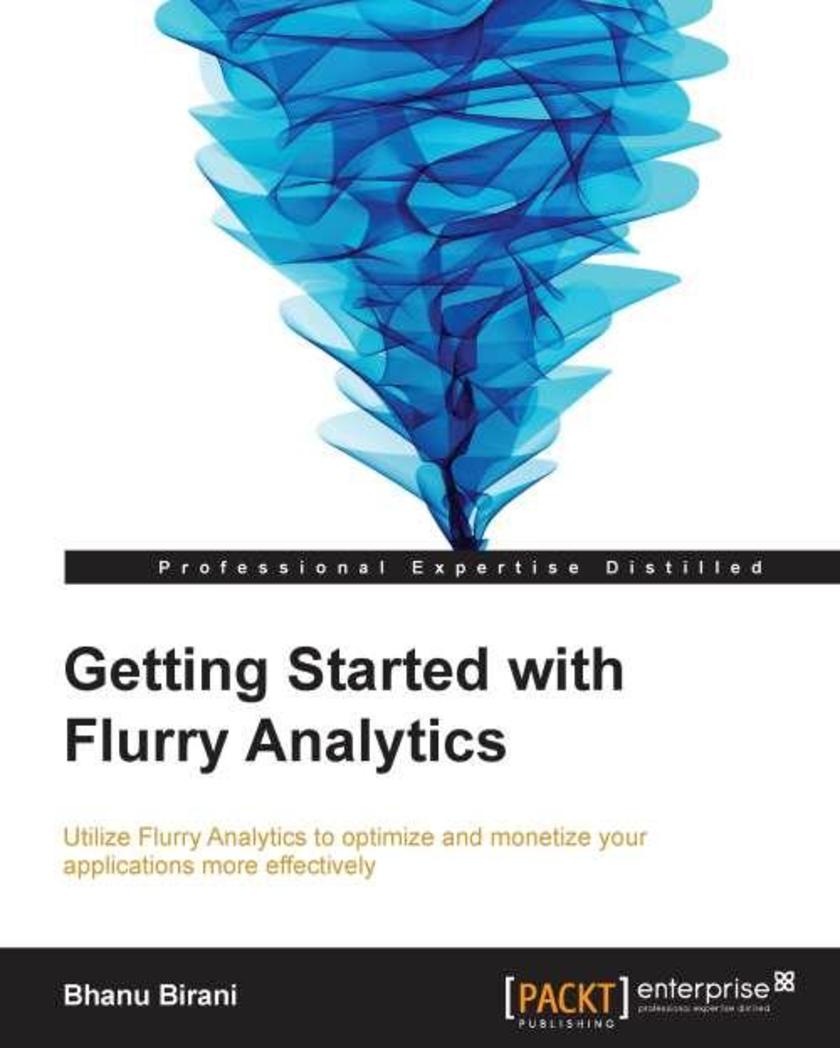
Getting Started with Flurry Analytics
¥45.77
An easy-to-follow, step-by-step tutorial full of examples and code to help you quickly get started with Flurry analytics.This book is great for developers who want to track their applications instantly using Flurry analytics and who are looking to get a good grounding in how to use Flurry for analytics in their application. It’s assumed that you will have some experience with Objective-C and a basic understanding of object-oriented programming and programming in general. You must be enrolled as an iPhone developer in order to test the example projects on your device.
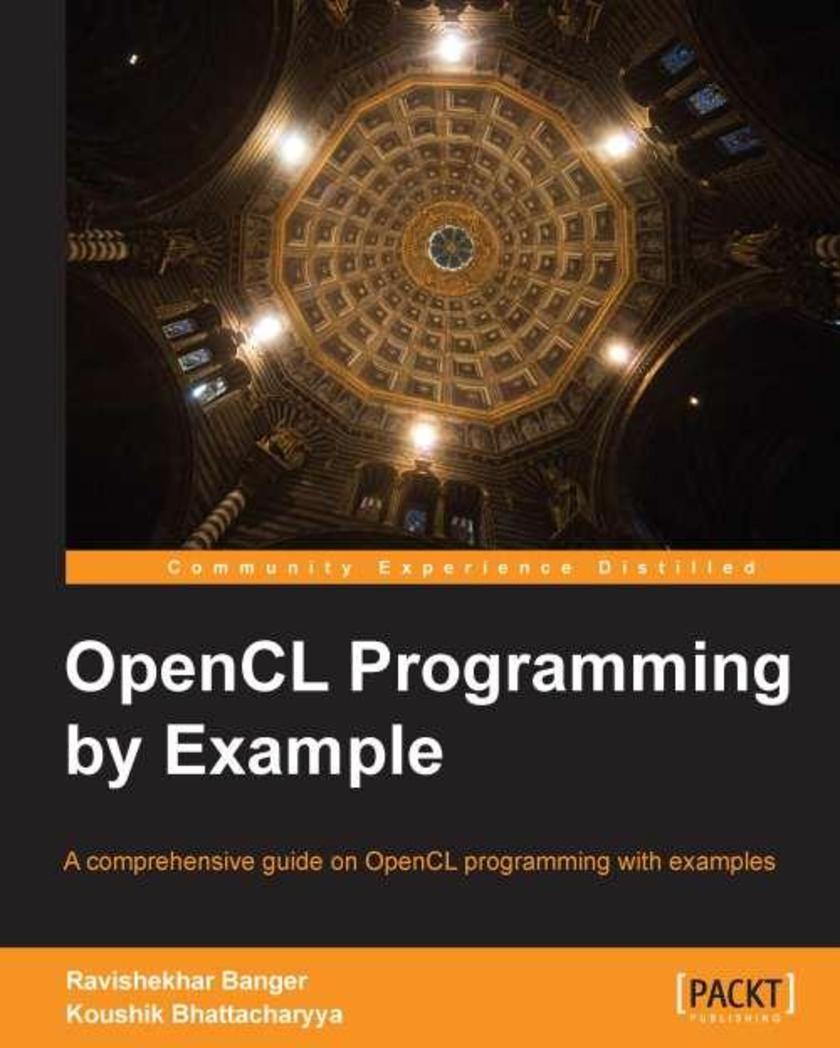
OpenCL Programming by Example
¥99.18
This book follows an example-driven, simplified, and practical approach to using OpenCL for general purpose GPU programming.If you are a beginner in parallel programming and would like to quickly accelerate your algorithms using OpenCL, this book is perfect for you! You will find the diverse topics and case studies in this book interesting and informative. You will only require a good knowledge of C programming for this book, and an understanding of parallel implementations will be useful, but not necessary.
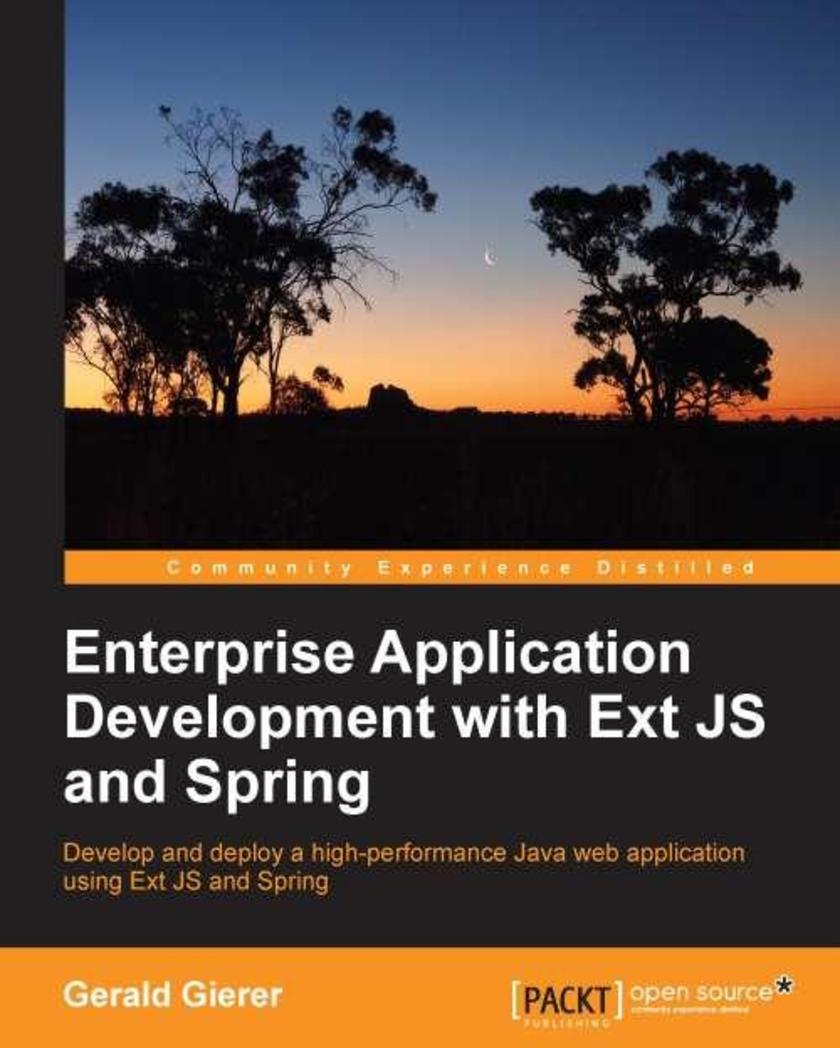
Enterprise Application Development with ExtJS and Spring
¥90.46
An easy-to-follow tutorial, that breaks down the enterprise application development journey into easy to understand phases documented by clear examples and concise explanations.If you are an intermediate developer with a good understanding of Java, JavaScript and web development concepts, this book is ideal for you. Basic ExtJS development experience, including an understanding of the framework APIs is needed by those of you who are interested in this book. Regardless of your experience and background, the practical examples provided in this book are written in a way that thoroughly covers each concept before moving on to the next chapter.
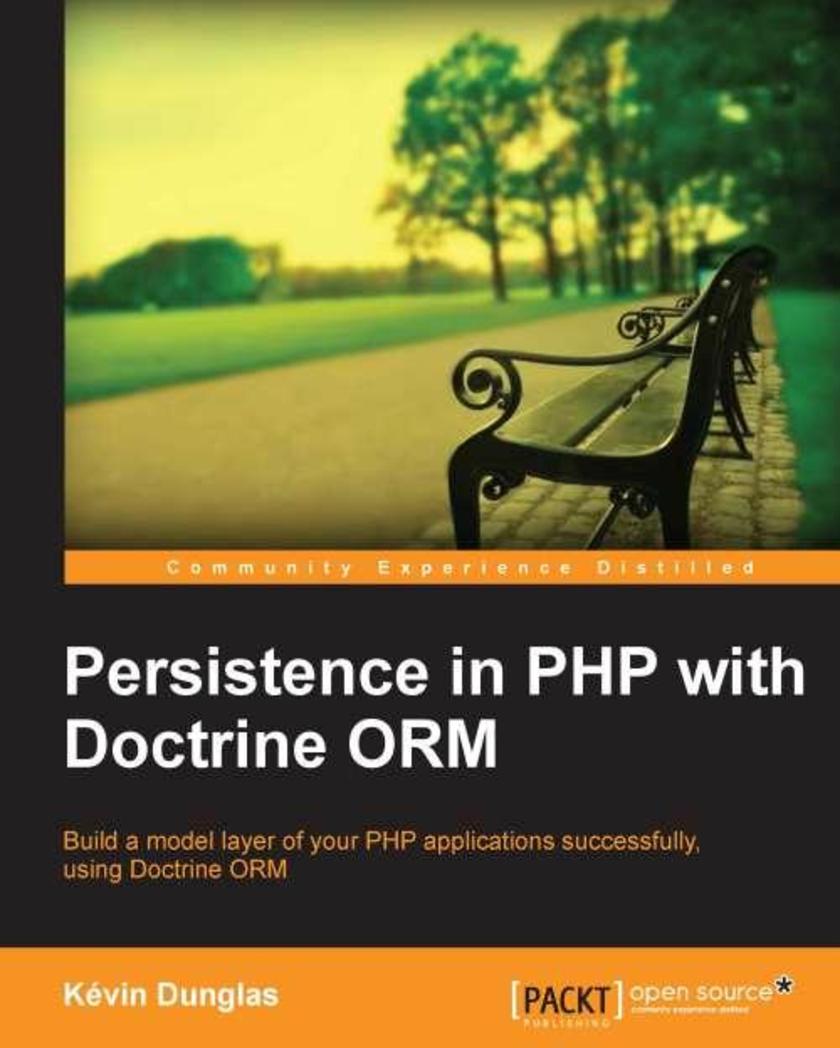
Persistence in PHP with the Doctrine ORM
¥54.49
Persistence in PHP with the Doctrine ORM is a concise, fast, and focused guide to build a blog engine with advanced features such as native queries and lifecycle callbacks.This book is primarily intended for PHP developers and architects who want to increase their skills in the field of Persistence and ORM to map the data they are working on to objects they are using in programming. Basic knowledge of databases and PDO and working knowledge of PHP namespaces is a prerequisite.

RabbitMQ Cookbook
¥80.65
A practical book filled with advanced recipes as well as plenty of code and real-life examples which will make your learning curve quick and easy.If you are a software developer who wants to develop distributed applications based on messaging, then this book is for you. It’s assumed that you have some experience with multithreading applications and distributed applications. You are also expected to know the basic concepts of Web and cloud applications in order to follow the recipes effectively.

Android Security Cookbook
¥80.65
Android Security Cookbook' breaks down and enumerates the processes used to exploit and remediate Android app security vulnerabilities in the form of detailed recipes and walkthroughs."Android Security Cookbook" is aimed at anyone who is curious about Android app security and wants to be able to take the necessary practical measures to protect themselves; this means that Android application developers, security researchers and analysts, penetration testers, and generally any CIO, CTO, or IT managers facing the impeding onslaught of mobile devices in the business environment will benefit from reading this book.

Unity Multiplayer Games
¥80.65
An easy-to-follow, tutorial manner that uses the learning-by-example approach.If you are a developer who wants to start making multiplayer games with the Unity game engine, this book is for you. This book assumes you have some basic experience with programming. No prior knowledge of the Unity IDE is required.
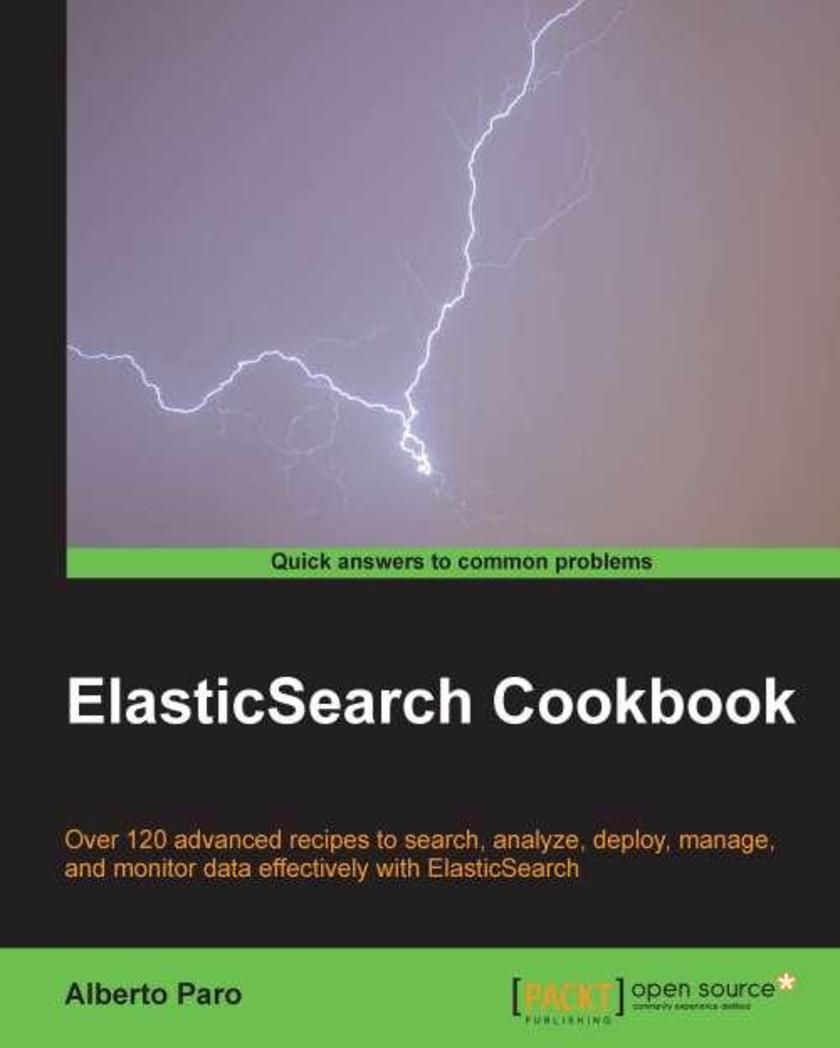
ElasticSearch Cookbook
¥99.18
Written in an engaging, easy-to-follow style, the recipes will help you to extend the capabilities of ElasticSearch to manage your data effectively.If you are a developer who implements ElasticSearch in your web applications, manage data, or have decided to start using ElasticSearch, this book is ideal for you. This book assumes that you’ve got working knowledge of JSON and Java

OpenGL 4 Shading Language Cookbook, Second Edition
¥99.18
OpenGL Shading Language 4 Cookbook is a hands-on guide that gets straight to the point – actually creating graphics, instead of just theoretical learning. Each recipe is specifically tailored to satisfy your appetite for producing real-time 3-D graphics using the latest GLSL specification.This book is for OpenGL programmers looking to use the modern features of GLSL 4 to create real-time, three-dimensional graphics. Familiarity with OpenGL programming, along with the typical 3D coordinate systems, projections, and transformations is assumed. It can also be useful for experienced GLSL programmers who are looking to implement the techniques that are presented here.
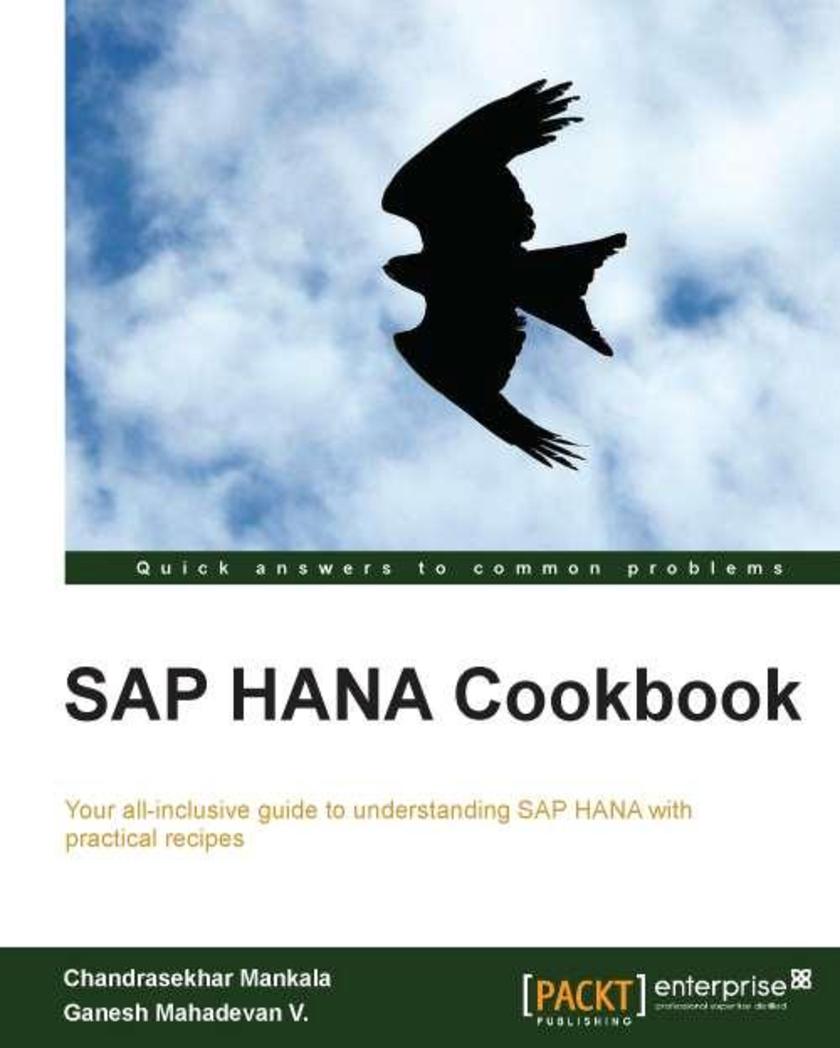
SAP HANA Cookbook
¥90.46
An easy-to-understand guide, covering topics using practical scenarios and live examples, and answering all possible questions.If you are a solution architect, developer, modeler, sales leader, business transformation managers, directors, COO, or CIO; this book is perfect for you. If you are interested in other technologies and want to jump-start into SAP, this book gives you the chance to learn SAP HANA. Basic knowledge of RDBMS concepts enough is to get you started.
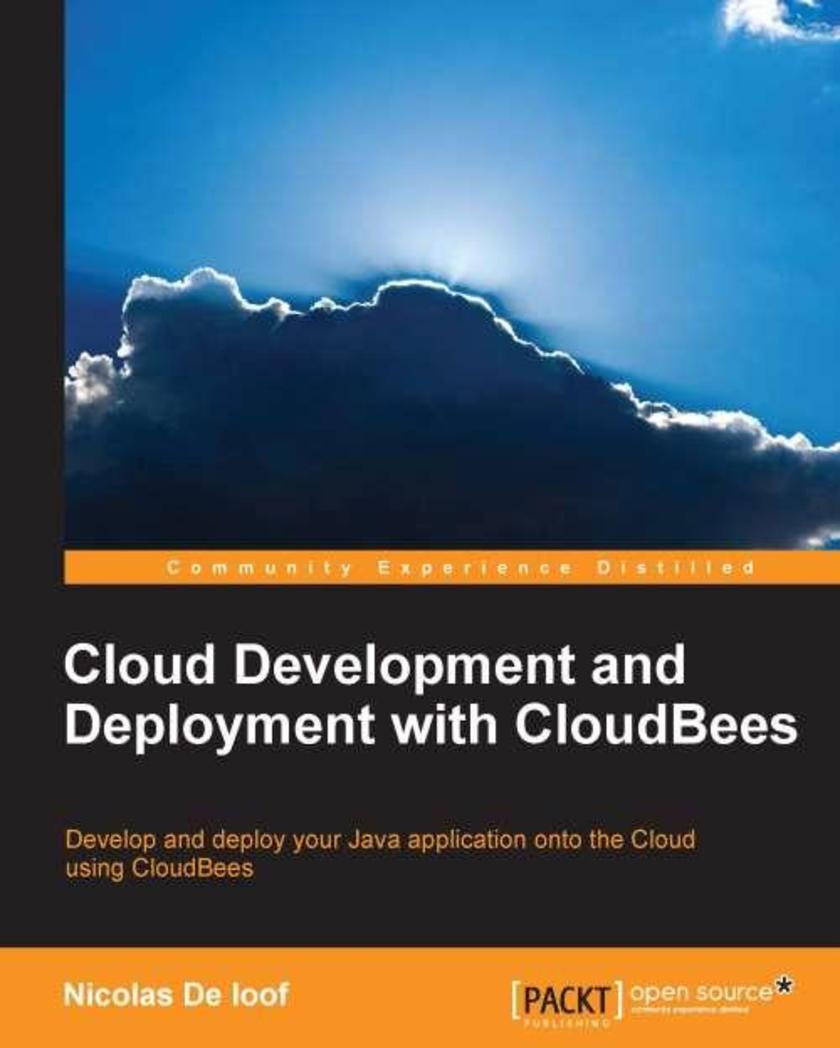
Cloud Development and Deployment with CloudBees
¥63.21
This is an easy-to-follow yet comprehensive guide that follows a step-by-step approach to leverage the CloudBees services.If you are a Java developer and want to explore the world of the cloud, this book is ideal for you. This book will guide you through the process of developing and deploying an application on the cloud. Prior knowledge of Java is essential.

Discovering Business Intelligence using MicroStrategy 9
¥63.21
This is a step-by-step tutorial that covers the basics of working with the MicroStrategy platform.If you are a BI developer who would like to use MicroStrategy to build BI apps, this book is ideal for you. This book is also for mid-management executives who need to analyze data and Excel files that are too complicated to manage. A basic concept of BI is assumed.




 购物车
购物车 个人中心
个人中心



